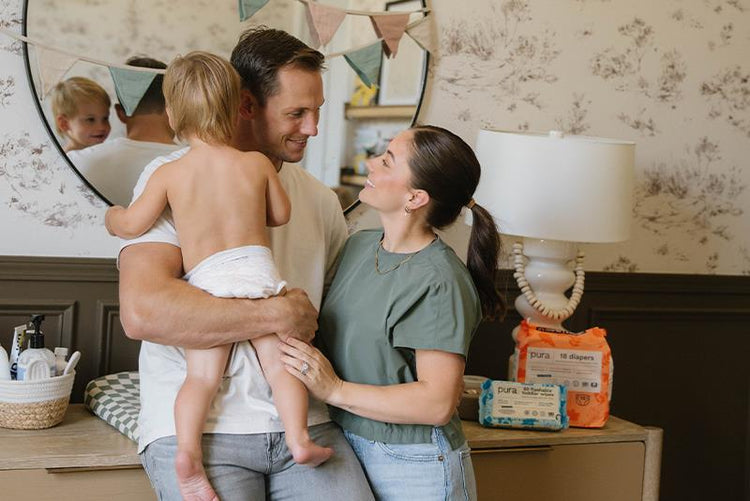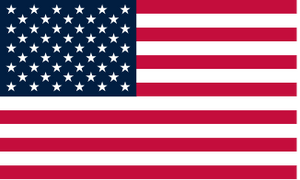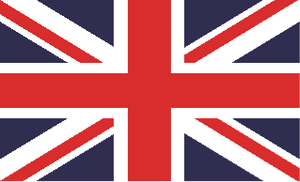Asking where poop goes might sound like a silly question, but the answer matters more than we often realise. In most households, the default practice is to wrap up nappies (complete with poop) and throw them in the bin. But did you know that this practice isn’t just bad for the environment, it also skips an important learning opportunity for your child?
In this blog, we’ll explore why flushing poop down the toilet is the best practice and how we can begin to normalize this, one flush at a time.
WHY IT MATTERS
Environmental responsibility

Human waste, including poop, is classed as a biohazard. It’s supposed to be treated in sewage systems, not landfilled or incinerated. When we throw away diaper with poop inside them, we’re effectively treating human waste like general rubbish. This can:
- Contribute to the spread of disease
- Release methane and toxins when incinerated
- Pollute land and water when buried
The World Health Organization says that poop should be disposed of in a sanitary latrine or toilet wherever possible. And as most disposable diapers take around 500 years to decompose, and flushing the poop before binning the diaper is one small way to reduce the biological load in our waste streams.
While used nappies are usually bagged and binned, putting human waste in landfill increases contamination risks for waste handlers and the environment. Even if incinerated, human waste shouldn’t be disposed of this way as it’s not how our sanitation infrastructure is designed to work.
Learning and body awareness
Where poo goes and how to flush it away is a key part of the toileting routine that children need to learn. When children see their poop being flushed it reinforces cause-and-effect understanding and teaches your child that poop belongs in the loo!
Many children have not even seen their poop, especially when they are still in the ‘lying down’ stage of diaper changing (PS. once your child can stand up, it’s a good idea to do diaper changes standing up). Children need to understand what poo looks like and learn how to cope with the smell and the potential for mess. These are important skills which are needed for later independent toileting. So, flushing your child’s poo down the toilet can help build this familiarity and prevent natural disgust becoming an overwhelming barrier.
Tips for you at home:
If you’re changing diapers at home (whether reusable or disposable) you can help build the flushing habit too:
- Empty solids into the toilet before wrapping up the diaper.
- Let your child watch or help flush when appropriate.
- Talk about what’s happening: “Bye poop! See you tomorrow!”
- Normalise flushing in books, games and routines. Explaining to your child that poop wants to go down the toilet water-slide is a good way to help your child understand.
All these things will help sets the stage for a smoother transition to toilet use.
Let’s start flushing!
Want to Learn More?

As a children’s nurse and researcher, my approach is based on child development science and responsive care. You can find more information, research links, and practical videos at rebeccamottram.com, or follow me on follow me on Instagram or YouTube for tips, tools, and encouragement.








